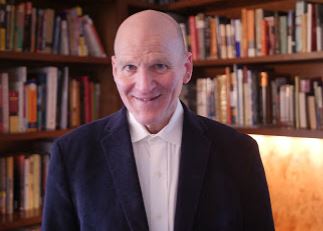“I have a fear of heights. What can I do about it?”
Since childhood I have had a strange fear of heights. Now as I am growing older, I realize this is preventing me from things I want to do, like travel. What can I do about it?
9 Answers
PsychiatristPhobias
Gradually expose yourself to a bit of height that created anxiety but is not overwhelming. Keep it up until the anxiety decreases a lot; then more height. In a step wise fashion, you can gradually reduce your anxiety to tolerable levels.
Jan Fawcett
Psychiatrist
I would suggest that you see a trained psychotherapist in the area of cognitive psychotherapy.
Since this has been a long-term problem for you and is causing you difficulties, I would recommend that you see a professional. I can’t really tell you who would be best, but I would guess it will take some time. I would see it as highly treatable, however.
Good luck.
Good luck.
There is a type of therapy that is called CBT (cognitive-behavioral therapy) that can help you with that. You need to slowly desensitize yourself in order to be able to not be fearful anymore. See a therapist that can provide this type of therapy for you.
The best treatment for any kind of fear and/or phobia is systemic and gradual exposure in a controlled environment. In my opinion, you probably will be better off talking to a therapist to implement this strategy.
You may need to see a therapist who can help you overcome this fear through behavioral/desensitization therapy.
Psychotherapy with any of the following modalities is helpful:
1. Exposure treatment
2. Flooding or
3. Counter-conditioning (Watson, 1924)
4. Relaxation techniques
5. Counter-conditioning by systematic desensitization, (Wolpe 1958).
6. Modeling
The above therapies can be done in conjunction with biofeedback instrumentation to ensure that the patient is truly well-relaxed before going the next higher item in the anxiety hierarchy. Several indexes have been used in this adjunctive approach, including pulse rate, respiration rate, and electrodermal responses.
1. Exposure treatment
2. Flooding or
3. Counter-conditioning (Watson, 1924)
4. Relaxation techniques
5. Counter-conditioning by systematic desensitization, (Wolpe 1958).
6. Modeling
The above therapies can be done in conjunction with biofeedback instrumentation to ensure that the patient is truly well-relaxed before going the next higher item in the anxiety hierarchy. Several indexes have been used in this adjunctive approach, including pulse rate, respiration rate, and electrodermal responses.





